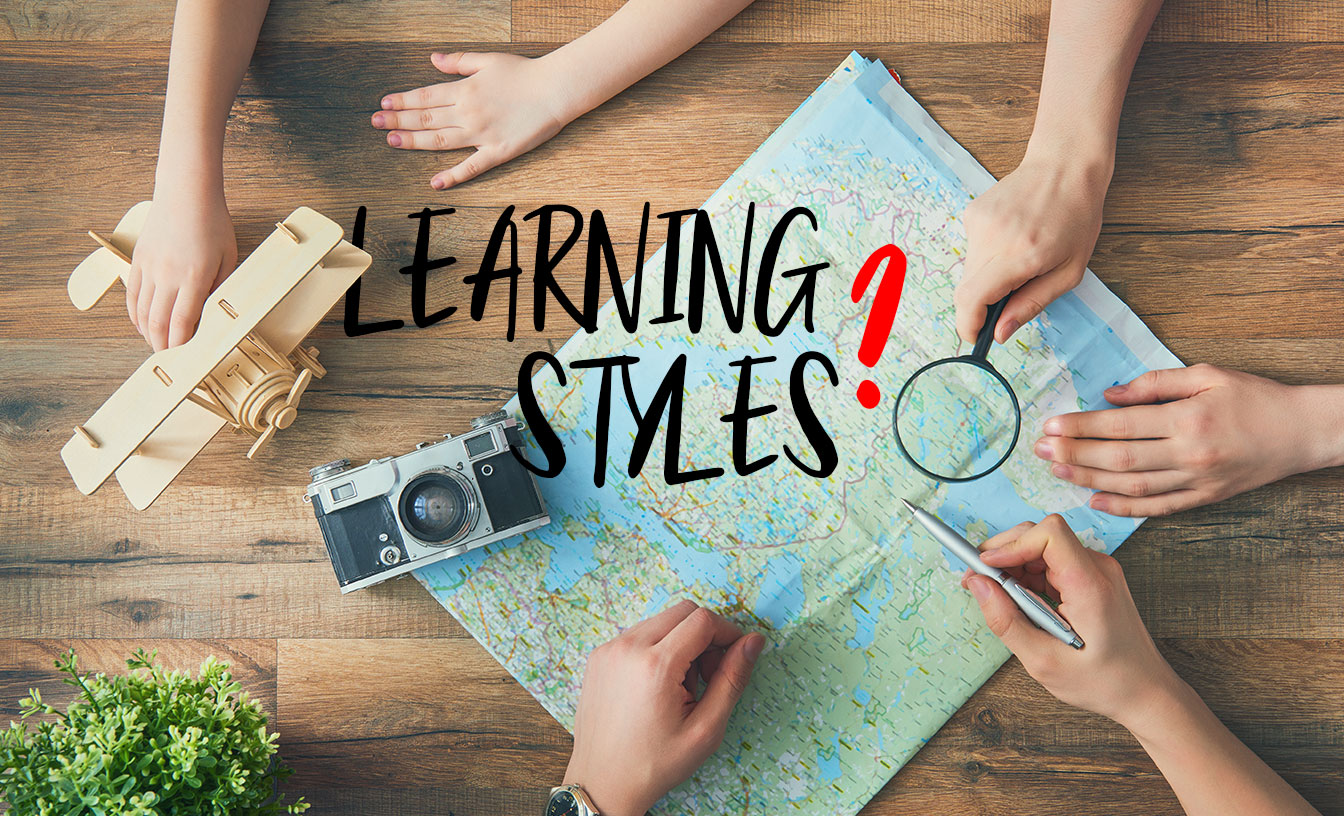A new study suggests further evidence that designating students’ “learning styles” may not be a reliable way to categorize students.
[su_pullquote align=”right”]It might seem like common sense, but the best approach seems to be adapting instruction to both the student and the subject matter.[/su_pullquote]For many years, one of the most popular learning styles inventories suggested that teachers categorize students into their sensory approaches to learning: visual, aural, verbal (reading/writing), and kinesthetic. Other schemes for learning styles might group students into categories such as logical, physical, social, or solitary. Many teachers have learned in their educational training that best practices involve presenting information to each student according to their learning style or preference. For example, kinesthetic learners would learn best if bodily movements were part of the learning process; auditory learners would learn best through music or focused listening.
The theory seems like it would make sense, and many many experienced educators pride themselves on their ability to customize instruction to how students learn best. Researchers have collected more than 70 different published schemes for learning styles, most of which are supported and marketed in an industry of tests, guidebooks, and professional development for teachers.
However, despite researchers’ efforts to make this connection through hundreds of studies, there is no evidence to support the idea that matching activities to one’s learning style improves learning, according to Vanderbilt University’s Center for Teaching. In fact, a 2009 study from cognitive psychologists from Psychological Science in the Public Interest concluded, “The contrast between the enormous popularity of the learning-styles approach within education and the lack of credible evidence for its utility is, in our opinion, striking and disturbing.”
The newest research suggests a disconnect between how teachers and students identify learning styles, and even unreliability in how teachers define the term “learning styles.” And the nebulous term lasts beyond school. According to Daniel Willingham, a psychologist at the University of Virginia, adults often do try to treat tasks in accordance with what they were taught was their learning style, but it doesn’t help.
Still, the idea that learning styles are a meaningful way to categorize students still persists. Maybe it’s because we know that there are differences among students— and wouldn’t it be nice if there was a clean system of categories and strategies in which to fit them?
Willingham, suggested another approach in The Atlantic: “It’s much better to think of everyone having a toolbox of ways to think, and think to yourself, which tool is best?” Teachers can coach students in developing their toolbox of approaches to learning by guiding students towards strategies that make good sense for each discipline. Reading and writing activities make sense in literature and history courses; auditory strategies work well in foreign language, speech, and music courses.
It might seem like common sense, but the best approach seems to be adapting instruction to both the student and the subject matter.
And great educators— like our tutors— know that learning is both a science and an art form that is unique to each student.
[su_button url=”https://backtobasicslearning.com/tutoring-services/” target=”blank” icon=”icon: graduation-cap”]Learn more about our approach to 1-on-1 tutoring[/su_button]

